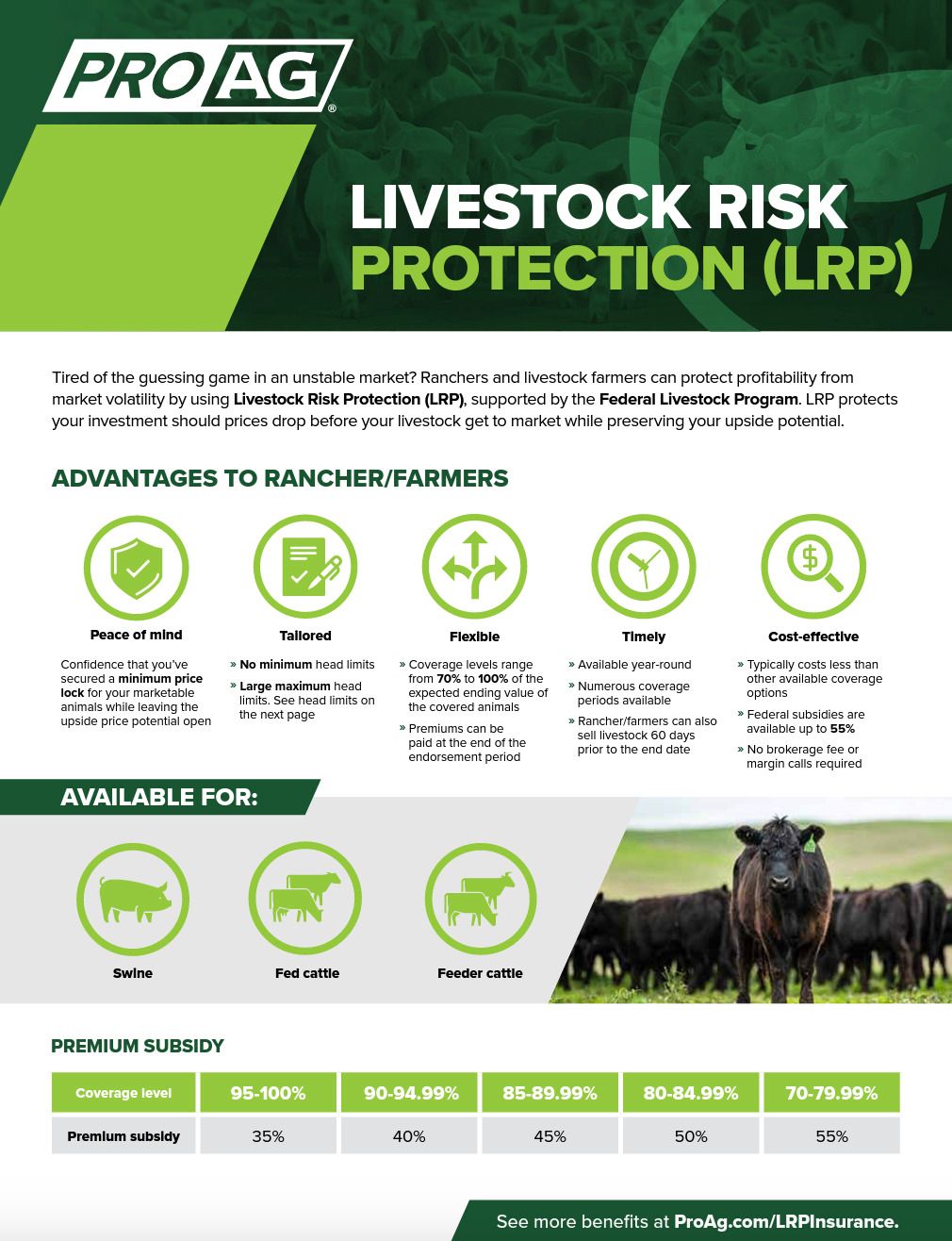The Ultimate Guide To Bagley Risk Management
The Ultimate Guide To Bagley Risk Management
Blog Article
Specialist Advice on Danger Evaluation and LRP Insurance Solutions

The Significance of Danger Assessment
Efficient risk evaluation is essential in the decision-making process of any type of organization, assisting strategic preparation and source allocation. By methodically recognizing, reviewing, and prioritizing potential threats, businesses can expect obstacles, take advantage of opportunities, and make informed options to attain their goals. Threat assessment allows organizations to proactively attend to susceptabilities, alleviate dangers, and enhance their danger administration approaches.
One of the vital advantages of risk evaluation is its role in improving operational performance. By comprehending the prospective threats that can influence various elements of business, organizations can streamline procedures, designate sources extra effectively, and reduce the possibility of costly interruptions. Moreover, threat analysis enables business to abide by governing needs, protect their credibility, and build trust with stakeholders.
Recognizing Possible Losses
To understand the effect of risk evaluation, it is imperative to comprehend the prospective losses that might dramatically influence an organization's procedures and monetary security. Prospective losses can emerge from numerous resources, including all-natural disasters, financial recessions, functional failings, regulatory modifications, and cybersecurity violations. These losses can cause direct prices such as home damage, legal costs, and penalties, as well as indirect prices like reputational damages and loss of market share.
Understanding prospective losses involves performing a comprehensive analysis of the risks that can emerge and estimating the monetary effect they might carry the organization. By measuring these potential losses, services can prioritize threat reduction initiatives and allot resources effectively. A detailed understanding of potential losses enables organizations to make educated choices when picking threat management techniques, such as buying insurance protection or applying threat control procedures.
Fundamentally, by acknowledging and comprehending prospective losses, organizations can proactively manage threats and secure their long-lasting sustainability and success.
Duty of LRP Insurance Policy Solutions
The integration of LRP insurance services within a company's risk monitoring framework enhances durability and strengthens financial security against unforeseen difficulties. LRP, or Loss Recuperation Item, insurance options play a vital role in mitigating the impact of possible losses by giving financial defense and assistance in times of situation. These insurance coverage remedies are tailored to satisfy the specific demands of businesses, using protection for various risks such as home damages, service disruption, responsibility cases, and extra.
LRP insurance policy solutions aid organizations browse difficult circumstances by offering a safety net that enables them to recoup and get better from troubles. By moving the economic threat to an insurance policy copyright, businesses can focus on their core operations with higher peace of mind, recognizing that they are shielded versus considerable financial losses. Furthermore, LRP insurance services can enhance an organization's threat administration method by supplementing existing risk reduction actions and making certain thorough security across all areas of prospective susceptability - Bagley Risk Management. In general, the function of LRP insurance services contributes in guarding companies and promoting site link long-term sustainability.
Identifying Secret Threats
In the procedure of threat evaluation, a vital step includes recognizing crucial threats that have the potential to affect an organization's procedures and monetary stability. Determining vital dangers requires a thorough examination of external and internal factors that could present dangers to the company's purposes. Interior dangers may include functional inefficiencies, compliance problems, or human resource challenges, while outside threats can include economic slumps, governing changes, or natural disasters.

Additionally, key threats need to be on a regular basis examined and updated to straighten with the dynamic company atmosphere. This proactive technique allows companies to stay ahead of prospective threats and guard their lasting success.
Choosing the Right Insurance Coverage
Having actually identified the essential risks that could impact a company's operations and monetary stability, the next vital action involves very carefully choosing the best coverage to properly manage and alleviate these threats. Organizations need to consider their particular threat direct exposure, financial abilities, and tactical purposes when it comes to selecting the right coverage. It is necessary to perform a detailed assessment of the available insurance coverage choices to guarantee that the selected coverage straightens with the company's danger administration objectives.

Organizations must function closely with knowledgeable insurance policy experts to examine their risk accounts and recognize one of the most suitable insurance products to address their demands. Tailoring insurance policy coverage to specific dangers can assist maximize protection while reducing unnecessary prices. Additionally, organizations need to assess policy conditions thoroughly to comprehend the degree of coverage supplied and any type of potential exemptions that may affect their danger reduction techniques.
Final Thought
Finally, threat assessment is essential in determining prospective losses and selecting the ideal LRP insurance solutions. By comprehending key risks, businesses can alleviate economic effects and a knockout post protect their properties. It is imp source necessary to carefully analyze and analyze dangers to make sure proper insurance coverage remains in area. Professional assistance can help browse the intricacies of threat assessment and insurance remedies, giving organizations with the essential devices to successfully handle and minimize threats.
Professional support plays a crucial duty in this process, supplying important insights into determining and evaluating risks, as well as tactically picking proper insurance policy protection customized to minimize those risks efficiently. A thorough understanding of possible losses enables companies to make educated choices when choosing risk monitoring strategies, such as purchasing insurance coverage or applying risk control steps.

Report this page